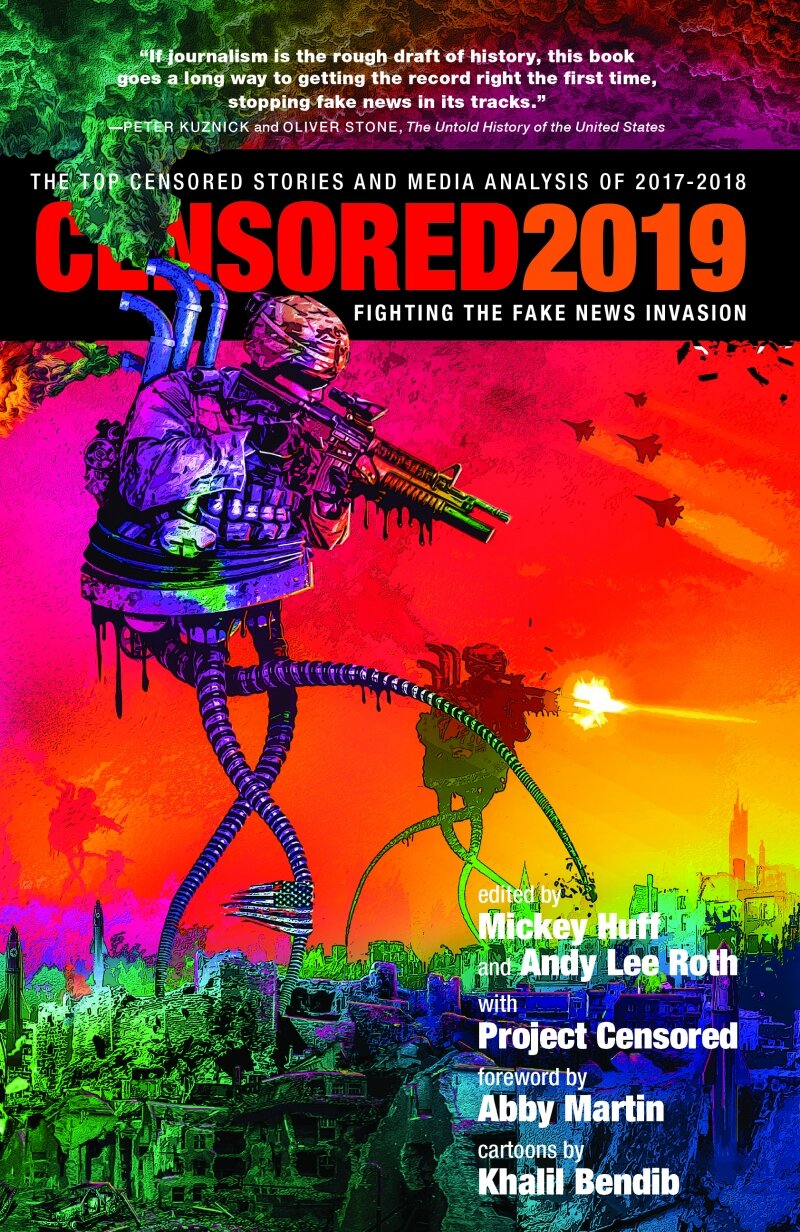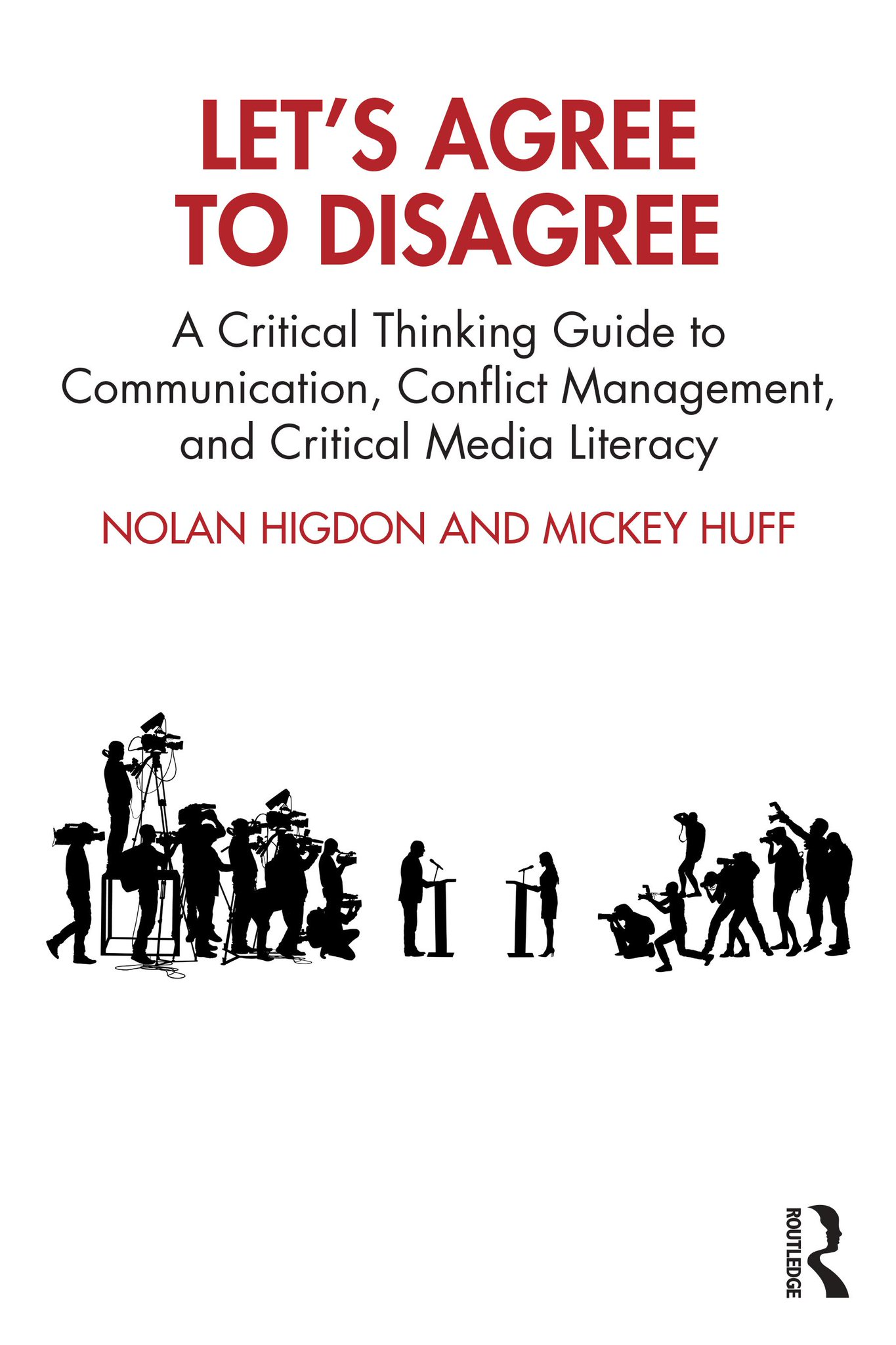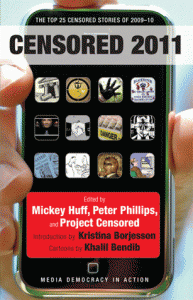The Anatomy of Fake News: A Critical News Literacy Education
Since the 2016 U.S. presidential election, concerns about fake news have fostered calls for government regulation and industry intervention to mitigate the influence of false content. These proposals are hindered by a lack of consensus concerning the definition of fake news or its origins. Media scholar Nolan Higdon contends that expanded access to critical media literacy education, grounded in a comprehensive history of fake news, is a more promising solution. The Anatomy of Fake News offers the first historical examination of fake news for the purpose of creating effective critical news literacy. Higdon employs a critical-historical media ecosystems approach to identify the producers, themes, purposes, and influences of fake news. The findings are incorporated into an invaluable fake news detection kit. This much-needed resource provides a rich history and a promising set of pedagogical strategies for mitigating the pernicious influence of fake news.
Since the 2016 U.S. presidential election, concerns about fake news have fostered calls for government regulation and industry intervention to mitigate the influence of false content. These proposals are hindered by a lack of consensus concerning the definition of fake news or its origins. Media scholar Nolan Higdon contends that expanded access to critical media literacy education, grounded in a comprehensive history of fake news, is a more promising solution. The Anatomy of Fake News offers the first historical examination of fake news for the purpose of creating effective critical news literacy. Higdon employs a critical-historical media ecosystems approach to identify the producers, themes, purposes, and influences of fake news. The findings are incorporated into an invaluable fake news detection kit. This much-needed resource provides a rich history and a promising set of pedagogical strategies for mitigating the pernicious influence of fake news.
Since the 2016 U.S. presidential election, concerns about fake news have fostered calls for government regulation and industry intervention to mitigate the influence of false content. These proposals are hindered by a lack of consensus concerning the definition of fake news or its origins. Media scholar Nolan Higdon contends that expanded access to critical media literacy education, grounded in a comprehensive history of fake news, is a more promising solution. The Anatomy of Fake News offers the first historical examination of fake news for the purpose of creating effective critical news literacy. Higdon employs a critical-historical media ecosystems approach to identify the producers, themes, purposes, and influences of fake news. The findings are incorporated into an invaluable fake news detection kit. This much-needed resource provides a rich history and a promising set of pedagogical strategies for mitigating the pernicious influence of fake news.
What People Are Saying About “The Anatomy of Fake News”
“This book gives crucial insight into the fake news phenomenon and dissociation from reality in the Trump era. It is an important contribution to the fight for media literacy.”—Abby Martin, host of The Empire Files
“A first-rate introduction to the subject, and a strong contribution to the field of media literacy and media studies.”—Robert McChesney, Gutgsell Endowed Professor in the Department of Communication,University of Illinois at Urbana–Champaign
“Higdon illuminates what fake news seeks to hide and offers educators and students a way to challenge its destructive force and learn to create authentic discursive spaces where we can all thrive.”—Robin Andersen, Professor of Communications and Media Studies, Fordham University
“This adept history provides clear resources for readers to make their own news analysis more active and better informed.”—Allison Butler, University of Massachusetts Amherst







